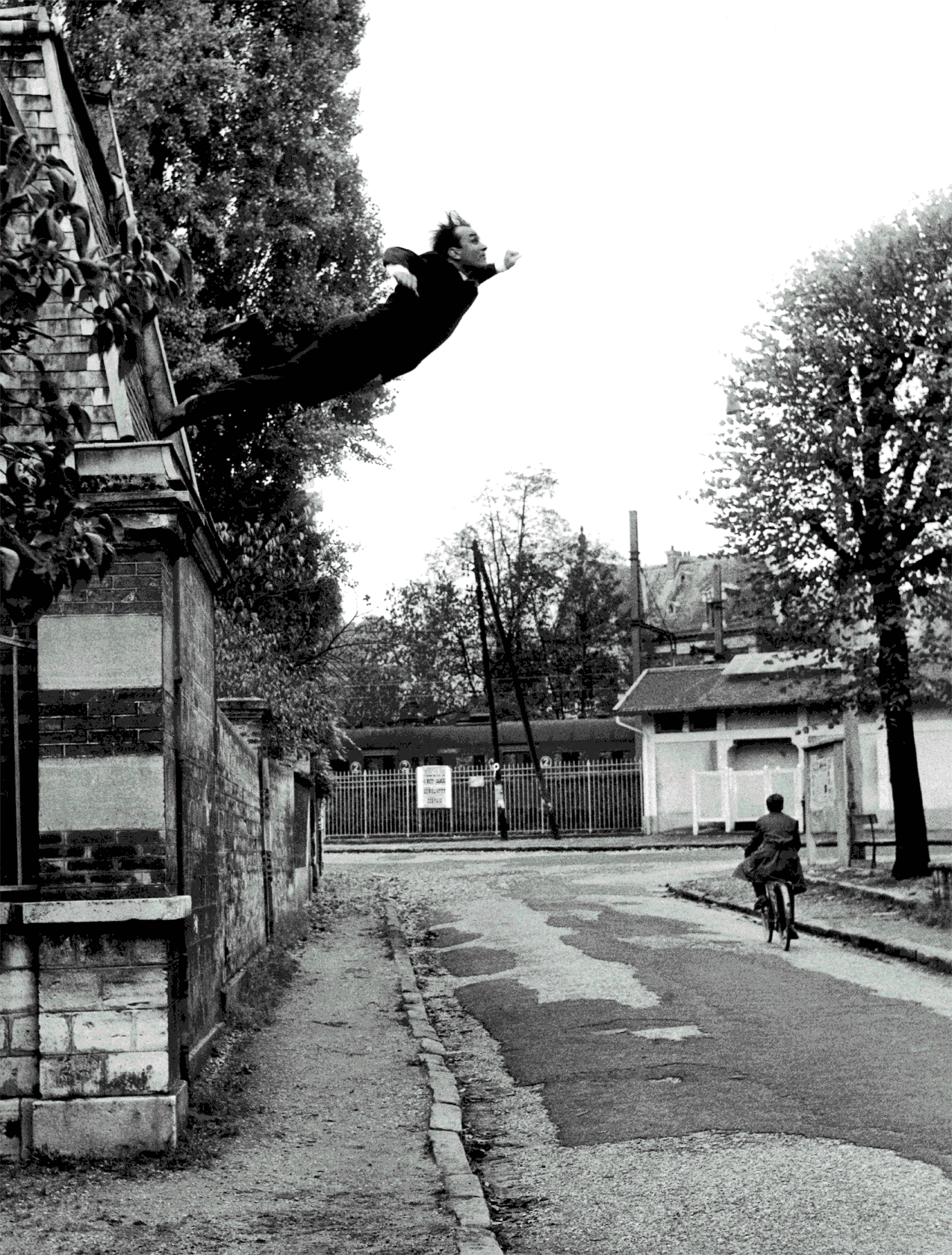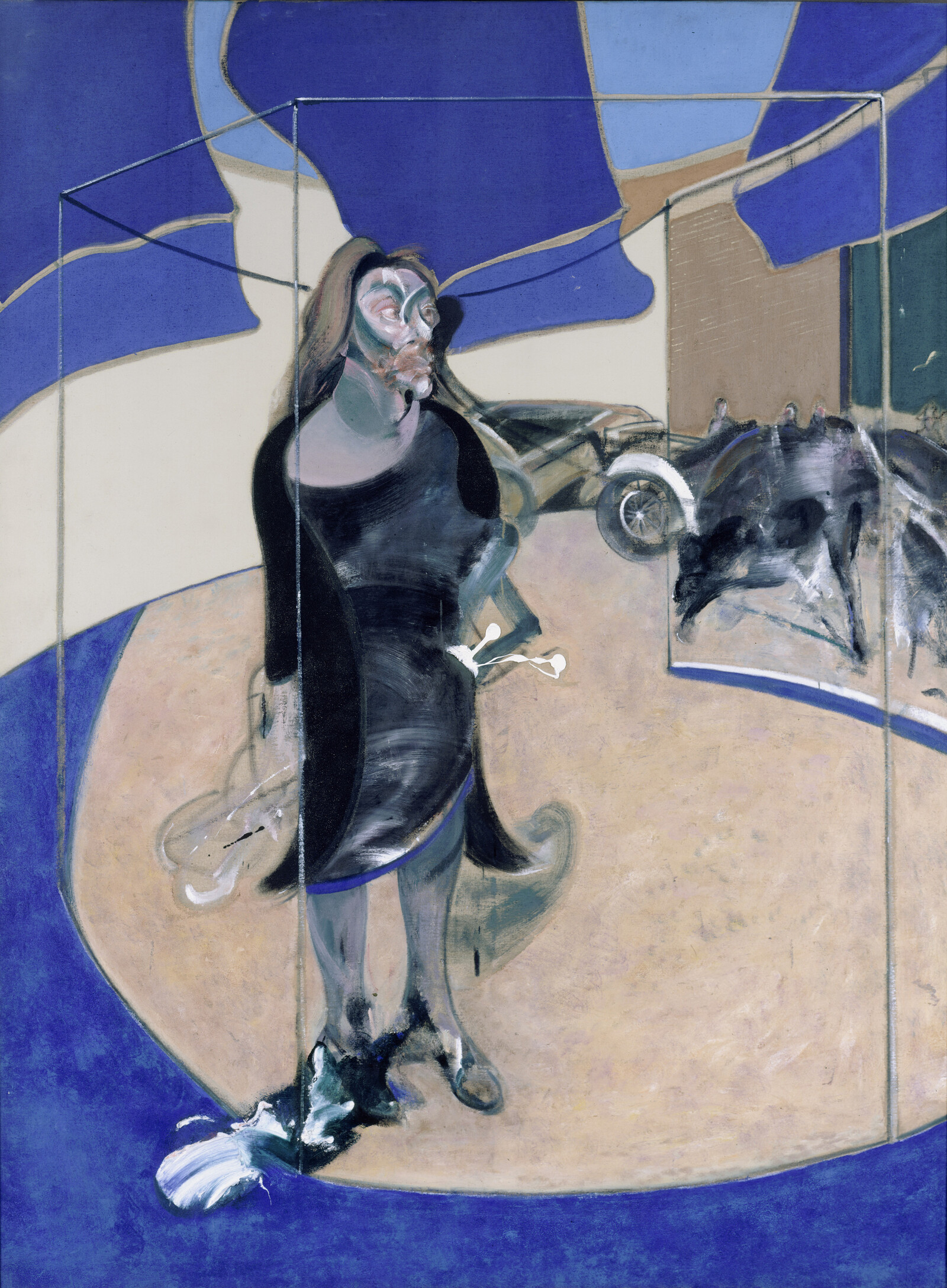Aleksandra Mir: Space Tapestry: Faraway Missions
June 23–October 15, 2017
Albert Dock
Liverpool L3 4BB
United Kingdom
Portraying a Nation: Germany 1919–1933 brings together exhibitions of the photographer August Sander and the painter Otto Dix, each of whom captured the radical extremes of German society in the pivotal inter-war years of the Weimar Republic.
ARTIST ROOMS: August Sander presents 144 photographs from the German photographer’s monumental project People of the 20th Century. Formalised in the mid-1920s, it occupied him throughout his career. One of the major figures of the new German photography, Sander sought to create a social atlas of Germany through portraits of people from all segments of society, which he organised into categories that evolved over time in response to political changes. He aimed for anonymity, titling his photographs by the professions of their subjects, rather than by name, believing that a portrait could contain in it the traits of a person in relation to their time and situation, to reveal broader social, political and cultural considerations.
In the exhibition, designed with Kellenberger-White, the photographs are displayed chronologically alongside a timeline of the Weimar Republic written by the German Historical Institute, London. Inspired by Sander’s ambition for his works to be documents of their time, the photographs are seen against the backdrop of a changing Germany. Hundreds of individual lives bear witness to, and intersect with, the collective historical experience. Starting in 1919 with the Treaty of Versailles, the exhibition charts the tumult of the Weimar Republic, the rapid social change and cultural experimentation that went with it, and the descent into dictatorship that followed in 1933.
As the second part of Portraying a Nation: Germany 1919–1933, Otto Dix: The Evil Eye presents works made by one of the most significant German artists of the twentieth century, who set out to represent his era in all its extremes. Dix found fertile subject matter in the world around him, expressing the aftermath of the First World War and revealing the cracks in the surface of the “Golden Twenties,” making portraits that reflect the breadth of Weimar society.
After establishing his reputation with scenes of urban life, Dix became one of the key proponents of “New Objectivity” (Neue Sachlichkeit), a move towards painterly realism that critically reflected the political realities of Weimar Germany. Dix’s representation of graphic scenes and people from what he saw as the fringes of society meant that he was associated with the left wing of “New Objectivity,” however he consistently refused any political allegiance. In 1924, he wrote “I am neither political nor tendentious nor pacifistic nor moralising nor anything else.”
Throughout these years, Dix mastered a number of techniques: he learned and perfected aquatint etching, experimented with watercolours, and developed a style of painting in oil and egg tempera that referred directly to the old masters of the German Renaissance. In all of these areas, he remained fascinated by what he called “life undiluted.”
Aleksandra Mir’s monumental drawing Space Tapestry contemplates the evolution of space technologies and their impact on our everyday lives. It reflects on the thousands of satellites orbiting Earth, the potential for civilian space travel, the data-capturing probes that have now passed beyond the limits of our solar system, and humanity’s insatiable curiosity to find out if we are alone in the universe.
The work makes reference to the Bayeux Tapestry, and draws on the graphic novel format to translate scientific data and cutting-edge space research into poetic visual scenarios. Mir explains: “Contemporary space is a realm dominated by technology, science, business and policy. I am proposing to add to the dialogue a more active philosophical and aesthetic involvement.” Working with 25 young artists, the drawings register a myriad of different pen strokes, demonstrating the variations offered by the humble black marker pen, and often veers closer to printmaking or painting than traditional line drawing.
In Faraway Missions, eight Solar System drawings consider local geographies to highlight our inability to comprehend the vast distances of cosmos. The Probe drawings depict a series of robotic crafts that have been sent into outer space since the 1950s. Their dot/grid matrix brings the images near to abstraction, constituting a moment of information relay that speaks to the probes’ own complex transmission of data back to Earth.
Two further chapters of Space Tapestry, Earth Observation and Human Spaceflight, are simultaneously on view at Modern Art Oxford (June 24–November 12).
Portraying a Nation: Germany 1919–1933 is curated by Francesco Manacorda, Artistic Director and Lauren Barnes, Assistant Curator, based on Otto Dix: The Evil Eye at Kunstsammlung Nordrhein-Westfalen and ARTIST ROOMS: August Sander.
Space Tapestry: Faraway Missions is curated by Tamar Hemmes, Assistant Curator.
Related events
Life Undiluted tour series
July 4, 11, 20, 31; September 18; October 10, 4–5pm
Portraying a Nation: Germany 1919–1933 exhibition ticket required
From film and fashion to historical context and changing attitudes towards women the Life Undiluted series of tours, led by experts in their respective fields, responds to Portraying a Nation: Germany 1919–1933 from different, fascinating perspectives.
Maps to the Stars
September 27, 6–7pm
Free, booking required
Embark on a journey through time and space with Marek Kukula (Public Astronomer, Royal Observatory Greenwich). In response to Aleksandra Mir’s Space Tapestry, this special event will discuss the relationship between art and astronomy, charting the history of star mapping and the desire to locate ourselves within the universe.
In association with Royal Observatory Greenwich, Royal Museums Greenwich
Supported by the Embassy of the Federal Republic of Germany London.
Conceived in collaboration with the German Historical Institute London.
Supported by Tate Liverpool Commissioning Circle and The Embassy of Sweden in London.













